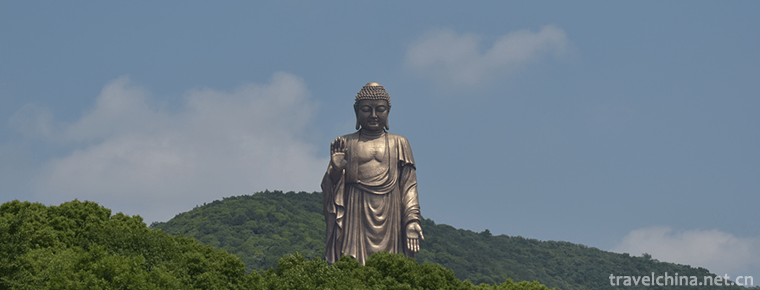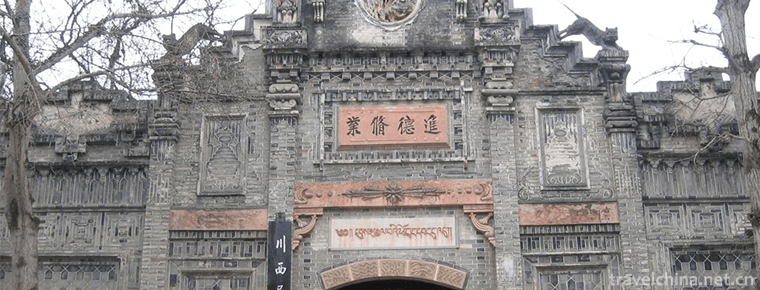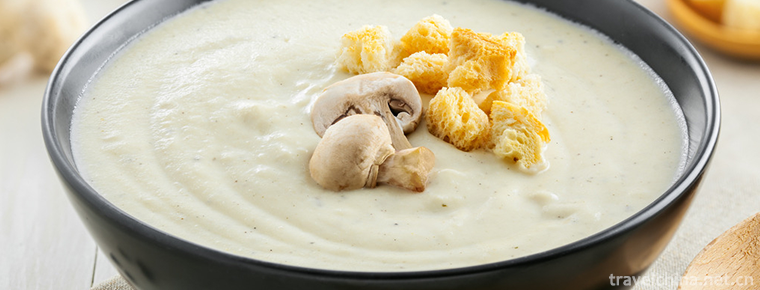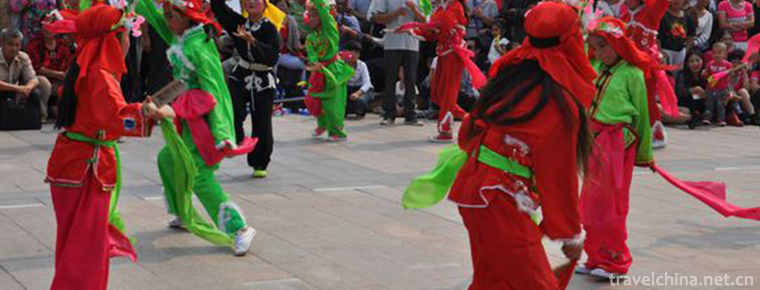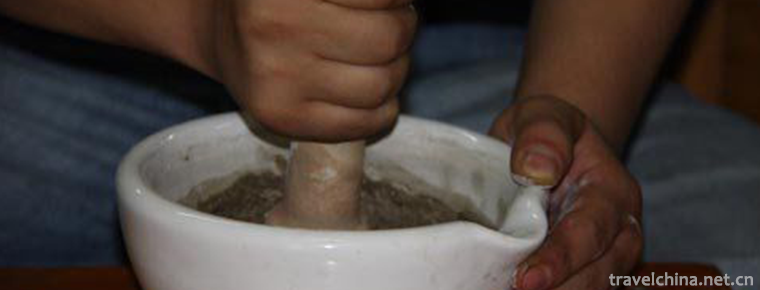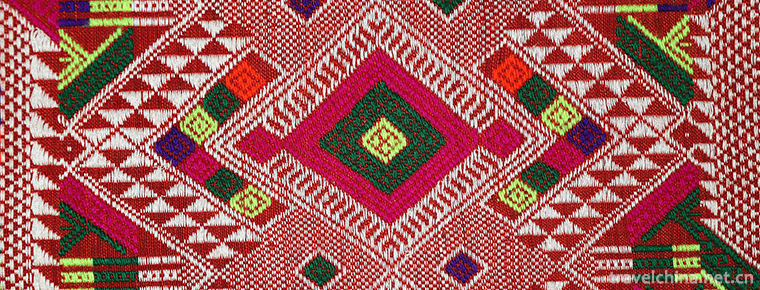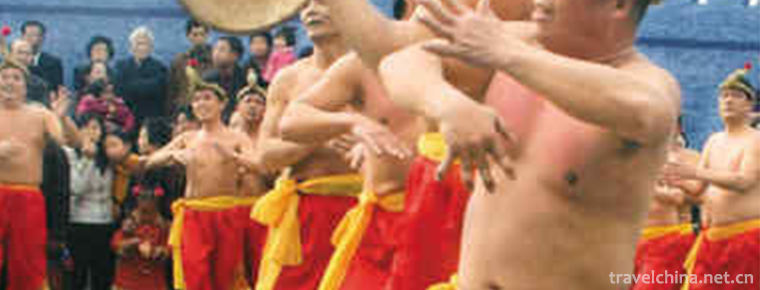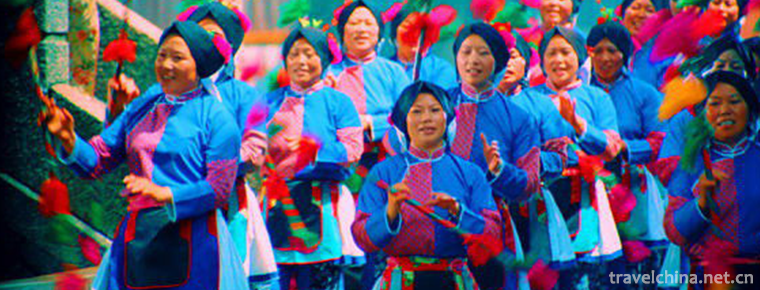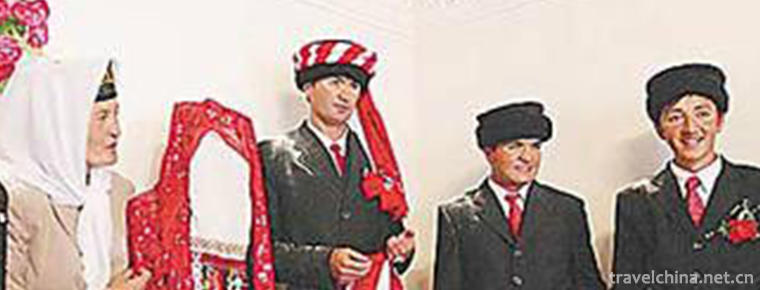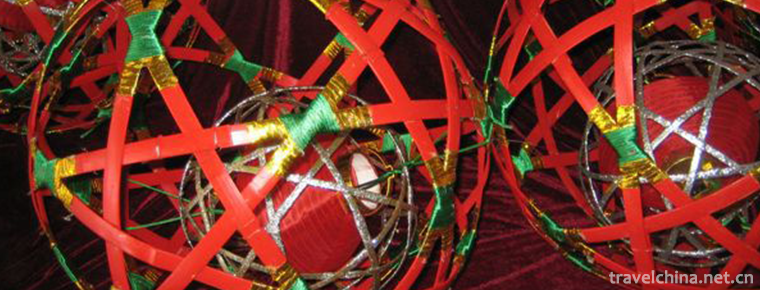Jiang state drum music
Jiang state drum music
Jiangzhou Drum Music, also known as Jiangzhou Big Drum, refers to the local folk popular Gong and drum music and percussion music in Xinjiang County, Shanxi Province. There are three major areas in Xinjiang County: northern Fen, southern Fen and river channel. Northern Fen is famous for piercing box gongs and drums, and southern Fen is famous for drums and river channel for beating flowers and drums. Jiangzhou Drum Music originated from the famous historical and cultural city of Xinjiang County. Xinjiang is located in the southwest of Shanxi, the north of Yuncheng and the south end of Luliang Mountain. It is the intersection of Shanxi, Shanxi and Henan provinces. It has always occupied an important position in politics, culture and economy. Xinjiang County has a tradition of playing drum music. Drum music is the main content of folk literary and artistic activities, and it is one of the most popular programs in the local "social fire" activities. Jiangzhou Drum Music is famous for beating flowers and trunks. The performers of this kind of drum music make full use of all parts of the drum as well as the best sound of drumsticks and drumsticks to perform. They play magnificently, magnificently, loudly, boldly and forcefully.
On May 20, 2006, Jiangzhou Drum Music was listed in the first batch of national intangible cultural heritage list with the approval of the State Council.
historical origin
According to historical records, Jiangzhou drum music can be traced back to the early Tang Dynasty. In November 619 (the second year of Tang Wude), Li Shimin led his troops to cross the Yellow River from Longmen, and to enlist troops at the Qinwangbao Fort in Baibi to fight against Liu Wuzhou. In Xinjiang County, there are still drum-rolling platforms used by Li Shimin when he was stationing troops in Baibi. It is said that in order to celebrate the victory of the King of Qin in various battles, people at that time created a music "Qin King's Breaking the Front Music", which expresses the sound of wheels, hoofs and shouts of people and horses of Li Shimin's army. "Old Tang Book Music Records" contains: "Since the break of the dance below, are rolling big drums, mixed with the music of turtles, a hundred miles of sound, turbulent valley. Li Shimin, the king of Qin, was also proud of the song "Qin King's Breaking the Front Music", which was composed by the army and the people to praise him. When Li Shimin succeeded the emperor, he tuned the tune into the palace. In the event of a grand banquet, he performed the Yanyue Daqu to show off his achievements in the Sui and Tang Dynasties. Qing Dynasty "Zhili Jiangzhou Chronicle" said: "When you are old, community sacrifices, summer and winter, and township fragrant fire, dress up as community drum drama, recruit porridge vendors is very convenient." The New Jiangxian Chronicle, published in the Republic of China, once said, "Every time the competition is held, the drama will be performed for several days, playing various stories, such as gongs and drums." From the founding of New China to the mid-1980s, Jiangzhou Drum Music has been the main item in the local folk society fire, and also the protagonist in the activities of sacrifice, celebration, marriage and temple fair. It has also accumulated more than 300 pieces of music such as Little Qin King's Random Order of Soldiers, Chirp, Xiapo Rolling Walnut, Tiger Knocking Teeth and Bullfight Tiger. New Jiang folk has been spreading the proverbs of "sticks on the North bank, whips on the West bank, bracelets on the stone slopes are happy, gongs and drums in Bazhuang are shaking the sky", "trampling boards in Beihangzhuang are tall, and drums in Nanhangzhuang are not as good as drums in Nanhangzhuang".
Representative works
Jiangzhou is a treasure land of Shanxi Gong and drum music. Flower Qinggu, Fennan Chegu and wearing gongs and drums were all born here; Qin King ordered troops, Rat Marriage and Rolling Walnut on Xiamen Slope were all sublimated here. Jiangzhou drum music will become a prominent chapter in the history of Chinese music.
The Music of the King of Qin Breaking the Front
King Qin, the knighthood of Li Shimin before he ascended the throne. At the beginning of Tang Dynasty, Liu Wuzhou rebelled in Shuozhou, occupied Binzhou, Fenghe and Hedong, and Li Yuanji, king of Qi, was defeated and rushed north to Chang'an. Li Shimin asked to lead the army to cross the river to the east. He set up troops in Baibi, Jiangzhou, to fight East and west, to attack South and north, to recapture and annex the state in one fell swoop, and to preserve Li's family. When he returned home triumphantly from Taiyuan in Beiding, the army wrote "Qin King's Breaking the Front Music" to welcome him. Historically, this music is mainly composed of "rolling big drums" and "miscellaneous music of turtles". Nowadays, there are not only "Rolling Drum Platform" in Xinjiang, but also "Small Qin King ordering troops in disorder" and "Tang King leaving the city" with the popular gongs and drums. The rich and prosperous drum music in Jiangzhou is probably related to this important historical origin.
King Qin ordered troops
This is a new work of the 1980s. On the basis of the original Qin King's Breaking the Front Music, it has absorbed the composition of several kinds of drums, such as Fennan Chegu, Flower Drum, Tiger's Clamping the Teeth and so on, and has become this masterpiece. It is a new drum music in the socialist era, which integrates the history and the present, the masses and experts, amateurs and professionals. It has sensed Beijing twice and Paris twice. It is the pride of the Yellow River culture and the pride of the Chinese culture.
"King Qin ordering troops" includes six parts: introduction, drum edge, drum center, Gong and drum section, Huacai section and ending section. Its tight and relaxed structure is appropriate, and its music is quite complete. It integrates the characteristics of folk divertimento with the structure of modern music, and makes folk Gong and drum music leap to a new stage.
The theme of the music is to send troops, starting from Marshal's promotion, until the officers and soldiers enter, line up, order troops to practice martial arts, prepare for the end of the expedition. Musical instruments are divided into two parts: high and low, high and low, with school drums, pawn drums and small pieces of bronze; bass with handsome drums, general drums and large pieces of bronze. According to the requirements of the theme, different playing methods are adopted, such as solo, counterpart, ensemble, dry tapping, flower beating, mixing, slow, medium and fast, four beats, three beats and two beats. The long trumpet sound in the introduction brings people into the ancient battlefield position; the drum edge uses drum edge, drum bang, drum ring, drum nail, and plays with splint and ensemble, which is novel and colorful. Huacai Duan absorbs the Huacai technique of Western concerto, which reflects the optimism of soldiers before the war.
Inheritance significance
The music of Qin King's breaking battles is very popular among the people, especially in the Ming and Qing dynasties, when drum music entered its heyday. Since the founding of New China, Jiangzhou drum music has been developing and growing. Later, with the continuous improvement of rural economic conditions, Jiangzhou drum music has been greatly developed. On the basis of "Qin King's Breaking the Front Music", this paper sorted out some wonderful songs such as "Qin King's ordering troops" and "Xiapo Rolling Walnut", and participated in the first art festival of Shanxi Province. In 1988, during the "National Dragon Year Music Week" held in Beijing, the amateur drum band of farmers in Xinjiang County performed in Beijing and received unanimous praise from the public at home and abroad. Their performances of "King Qin ordering troops" and "Xiapo rolling walnut" have achieved great success with their magnificent momentum of shaking mountains and rivers and exciting melody.
Jiangzhou drum music has a long history and is deeply loved by the local people. It has certain social and historical value and artistic value.

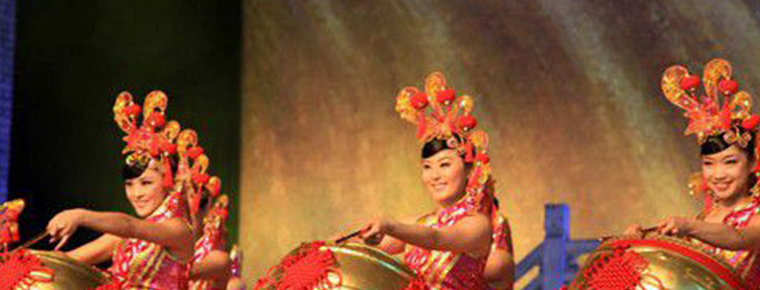
-
Grand Buddha at Ling Shan
Lingshan Grand Buddha is a world famous scenic spot, located between the mountains and rivers of Mashan National Scenic Spot in Wuxi City, Jiangsu Province..
Views: 257 Time 2018-12-06 -
SiMian Mountain Scenic Area
The Simian Mountain is located in the remnants of the northern slope of Dalou Mountain in Yunnan-Guizhou Plateau, which is an inverted mountain in geology. Located in the south of Jiangjin District of.
Views: 188 Time 2018-12-12 -
Dayi Liushi Manorial Museum
Dayi Liu Manor Museum, located at No. 15 Jingui Street, Anren Town, Dayi County, Chengdu City, Sichuan Province, is one of the most important historical sites and representative buildings in modern Ch.
Views: 203 Time 2018-12-26 -
Pearl rice paste
Pearl rice paste is a delicacy. The main raw material of this dish is fresh pearl rice. The main condiment of this dish is sugar. This dish is mainly made by boiling..
Views: 296 Time 2019-03-23 -
Carrying a number
Handling trumpets is one of the trumpets of traditional folk songs. It is popular in many fields, such as manual workers, such as loading and unloading, lifting, pushing and pulling goods..
Views: 462 Time 2019-04-03 -
Cangzhou Lazi
Cangzhou Laozi is a traditional folk dance with strong local characteristics in the central area of Hebei Province. Laozi is one of the representative folk dances in Hebei Province..
Views: 168 Time 2019-04-04 -
Production Techniques of Tibetan Mineral Plant Pigments
Since the emergence of human beings, mineral pigments have been accompanied by human beings. Mineral pigments were first used to draw murals.
Views: 205 Time 2019-04-09 -
Miao brocade weaving skills
Miao brocade is woven by Miao women using silk, ramie, kapok and other fibers produced locally. Miao brocade, also known as weaving flowers, is a pattern fabric formed by weaving. The color weft is fu.
Views: 101 Time 2019-06-05 -
Quanzhou breast clapping dance
Breast-clapping dance, also known as chest-clapping, seven beats, flower-clapping and beggar dance, is a traditional dance originating in Quanzhou, Fujian Province. It is widely spread in Quanzhou cou.
Views: 130 Time 2019-06-11 -
Womens clothing in Yongzhishui Townshi Suzhou
The women's clothing in Yongzhishui Township, Suzhou, is an outstanding representative of the Han nationality's clothing. It is a typical and representative clothing of the working people in Wu area. .
Views: 271 Time 2019-06-17 -
Tajik Marriage Customs
On the Pamir Plateau, which is more than 4000 meters above sea level, there is a Tajik people living in China. This is a people who can sing, dance and hospitality. Their life is full of mystery, and .
Views: 114 Time 2019-06-17 -
Yuhang Rolling Lamp
Yuhang Rolling Lamp is a kind of Han folk dance which combines athletics, martial arts and dance. It is made of bamboo pieces of large sphere as the main props, in the center of the sphere of bamboo k.
Views: 148 Time 2019-07-14
